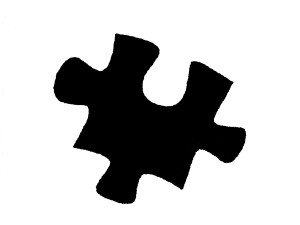Thinking back to my childhood, I can’t remember ever hearing the word autism or having a friend who was autistic. Today, however, most of us, even our children, know someone who has been diagnosed with autism. Gernsbacher and colleagues (2005) in an article published in the journal Current Directions in Psychological Science state that autism was first described as a standalone disorder in the 1940’s, but it wasn’t until 1980 that criteria for autism was included in the American Psychiatric Associations’ Diagnostic and Statistical Manual of Mental Disorders. The CDC describes Autism spectrum disorders (ASD’s) as a group of disorders that can result in social, communication, and behavioral challenges. The “spectrum” in ASD’s indicates the impact the disorder can have on an individual could be minor, or it could be very severe. The prevalence of autism appeared to dramatically increase in the early to mid 1990’s; however, it wasn’t clear if the increase was due to actual new cases of autism or increases in diagnosis and reporting. Some believe that Thimerosal, a mercury-containing compound in vaccines, is responsible for the increase in autism rates. However, there appears to be a lack of scientific evidence to connect the two. Additionally, in the article referenced above, Gernsbacher and colleagues discuss a variety of reasons they believe there has not been an epidemic of autism recently. The authors state that “no sound scientific evidence indicates that the increasing number of diagnosed cases of autism arise from anything other than purposely broadened diagnostic criteria, coupled with deliberately greater public awareness, and intentionally improved case finding.” So it appears that there truly has not been a dramatic increase in autism rates recently, simply changes in diagnostic criteria and public awareness.
Reference:
Gernsbacher, M., Dawson, M., and Goldsmith, H. Three reasons not to believe in an autism epidemic. Current Directions in Psychological Science (2005), Vol 14, pp. 55-58.

